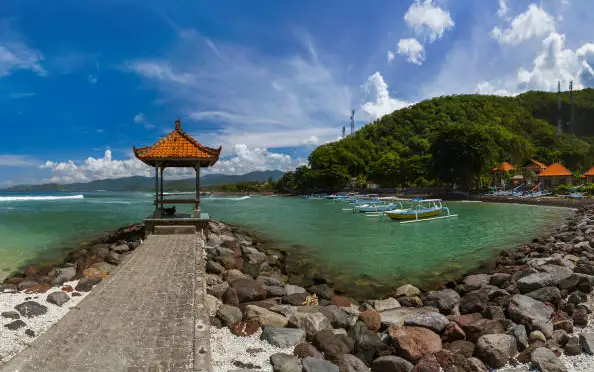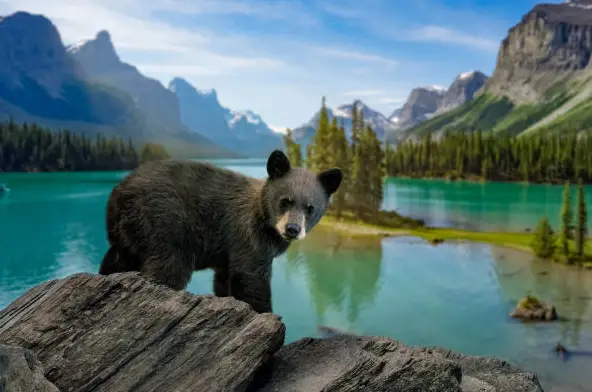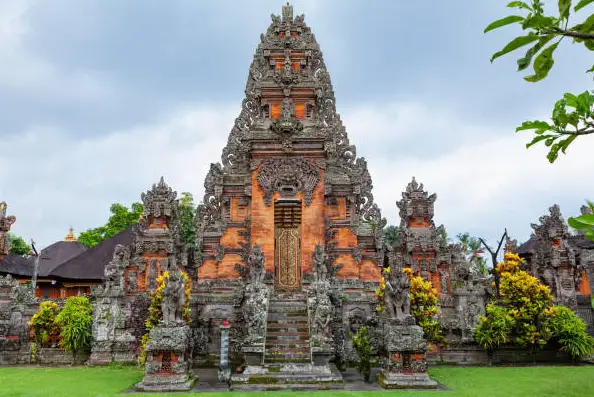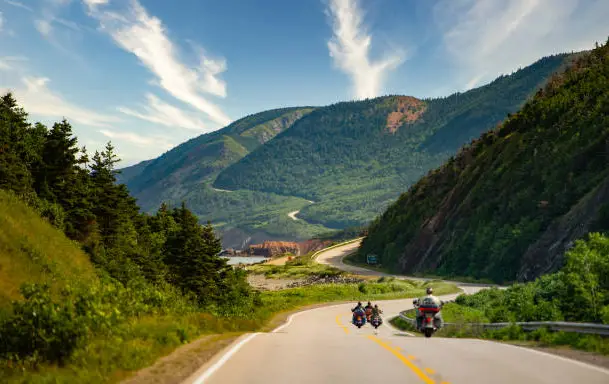What are the best locations for botanical research and fieldwork in South Africa?
Post ByAdequate Travel
Summary
With many unique species native to South Africa, it is unsurprising that this African country is a popular destination for botanical research and fieldwork. Here, we explore some of the best locations for botanical research and fieldwork in South Africa, including the famous Kirstenbosch National Botanical Garden. The place is known for its rich history and culture, welcomes tourists with open arms. However, be sure to review the travel advisory and travel warnings to ensure a safe and enjoyable experience.1. Cape Floral Region
The Cape Floral Region is a UNESCO World Heritage site and one of the richest areas for plant biodiversity in the world. It is home to over 9,000 plant species, of which 70% are found nowhere else on Earth. Some of the best locations within this region for botanical research and fieldwork include:
- The Table Mountain National Park, which hosts a diverse range of fynbos vegetation.
- The Kirstenbosch National Botanical Garden, known for its stunning collection of indigenous plants.
- The Cederberg Wilderness Area, offering unique vegetation adapted to rocky mountainous terrain.
2. Kruger National Park
Kruger National Park is not only famous for its diverse wildlife but also for its plant life. The park covers an extensive area and represents various ecosystems, offering excellent opportunities for botanical research. Researchers can study the vegetation along rivers, explore different soil types, and investigate the impact of fire on different plant species.
3. iSimangaliso Wetland Park
iSimangaliso Wetland Park, a UNESCO World Heritage site, encompasses a variety of ecosystems such as estuaries, coral reefs, dunes, and lakes. This diverse environment provides a range of habitats for unique plant species. Botanical research in this area can focus on wetland and coastal plant communities, as well as the interactions between vegetation and the different ecosystems.
4. Hluhluwe-iMfolozi Park
Hluhluwe-iMfolozi Park is renowned for its conservation efforts in protecting endangered species, including the black and white rhinos. This biodiversity-rich park is also home to a wide array of plant species. Researchers can study the vegetation patterns and adaptations in the park, as well as explore the role of plants in supporting the park's ecosystem and wildlife.
5. Drakensberg Mountains
The Drakensberg Mountains span across several provinces in South Africa and offer a range of elevations and habitats. Researchers can explore the montane grasslands, high-altitude fynbos, and alpine vegetation found in this mountain range. Botanical research in the Drakensberg Mountains can focus on plant adaptations to extreme conditions, studying the effects of altitude on plant distribution, and identifying unique plant species in the region.
Stay informed about any travel restrictions or travel rules in place, as they may vary depending on your destination within the country.Suggested Questions
- Wolhuter Hut, Kruger National Park: Horror Story, History & Paranomial Activities
- Pretoria Fort, Pretoria: Horror Story, History & Paranomial Activities
- St. James Anglican Church, Johannesburg: Horror Story, History & Paranomial Activities
- The Old Gaol, Grahamstown: Horror Story, History & Paranomial Activities
- Old Gaol, Johannesburg: Horror Story, History & Paranomial Activities
- Kestell Hotel, Kestell: Horror Story, History & Paranomial Activities







